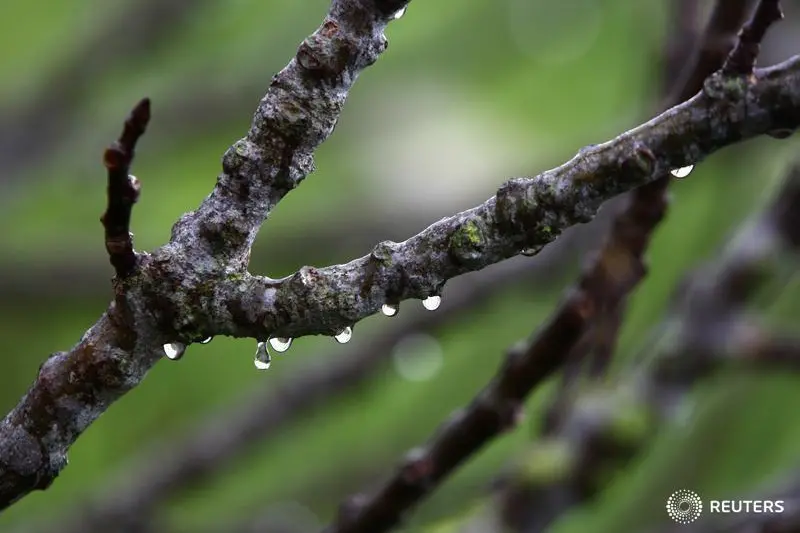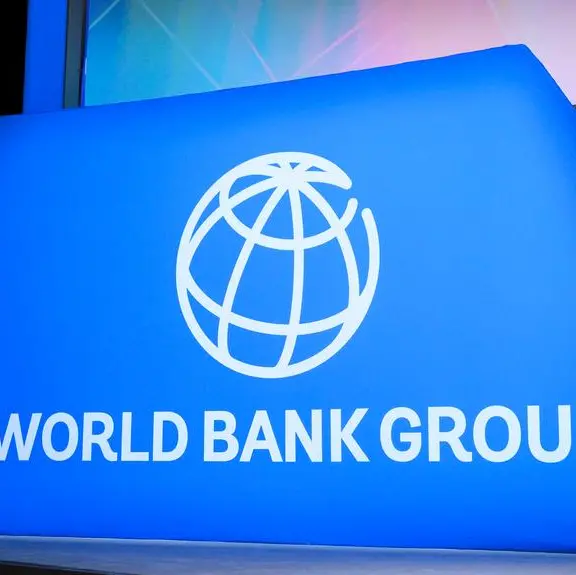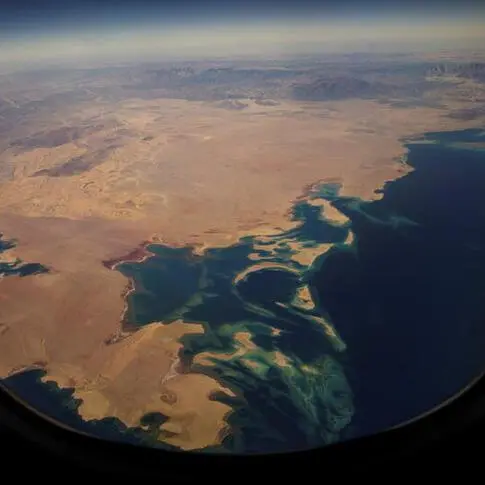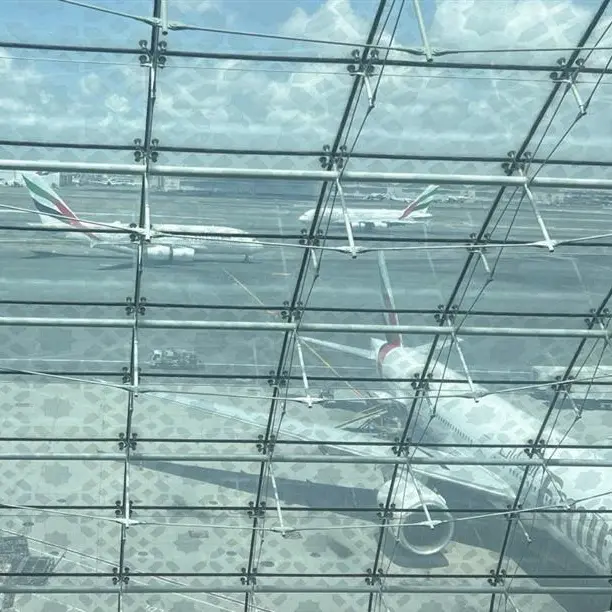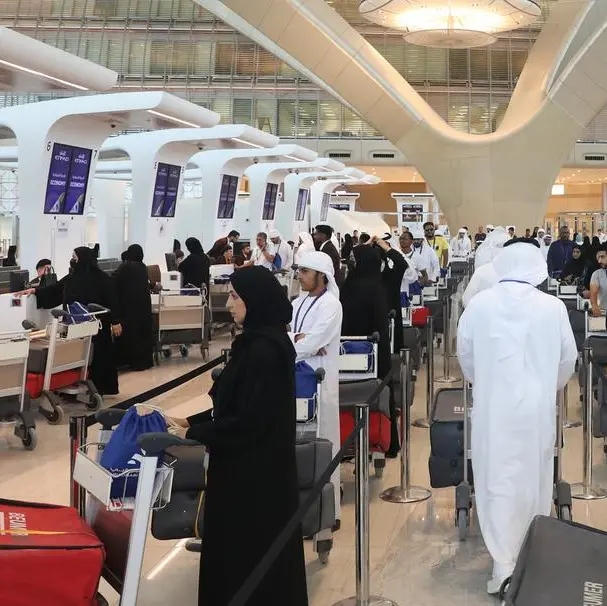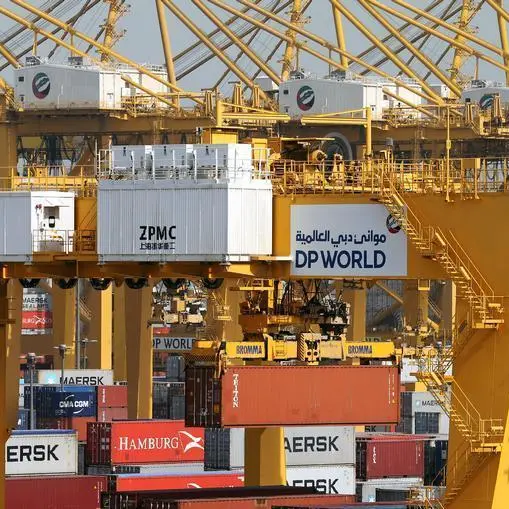PHOTO
21 January 2016
The United Arab Emirates awarded a USD 5-million grant for research on rain enhancement as part of efforts to drive innovation in water security.
The National Center of Meteorology and Seismology (NCMS) already has a permanent unit for cloud seeding rainfall enhancement conducting operations across the UAE, which has an estimated rainfall of less than 100 mm per year. Cloud seeding is a form of weather modification where specific substances are dispersed into the air to increase precipitation.
"We helped revive a field that was dormant for more than 50 years. So the challenge has been to bring more awareness to attract the required talents and scientists in this field. We look forward during the upcoming years on getting more participation and higher quality of research," Alya Al Mazroui, program manager at the UAE Research Program for Rain Enhancement, told Zawya on the sidelines of Abu Dhabi Sustainability Week.
Research groups from Japan, the UAE and Germany won the three-year grant. The UAE project, headed by Linda Zou, focuses on using nanotechnology to accelerate water condensation while Germanys's Volker Wulfmeyer is studying cloud seeding optimization. Japan's Masataka Murakami is tackling precipitation enhancement in arid and semi-arid regions.
Mazroui said that the grant is the first cycle under the rain enhancement program, which was launched in 2015. The program received 78 entries, with the highest numbers coming from the United States and the UAE.
"There have been many challenges of course, especially that this field is rare, with very limited and almost non-existent research available on it," she said. "We aim to attract local as well as international expertise by inviting innovative proposals and collaboration in rain enhancement science."
The UAE's first cloud-seeding program was initiated in 1990 as part of efforts to address the growing strain on limited water resources in the country amid a population and business boom. The groundwater recharge rate in the Gulf Arab state is considered low and the surface water evaporation rate is high.
''In the UAE, we have two sources of water -- desalination and rain water. From our experience in the past 20 or 30 years, we have about 80 to 100 rainy days. So our calculations show that even a small percentage increase of rain by 5 percent would yield a huge amount of additional rain water,'" NCMS Director Abdullah Al Mandoos told a press conference on Tuesday.
"Natural salts such as sodium chloride and potassium chlorides are used in rainfall enhancement operations and no harmful chemicals are used," he added.
Grant winner Murakami, from the Institute for Space-Earth Environmental Research at Japan's Nagoya University, said one of the challenges was to find a statistical model to evaluate effects of cloud seeding over a shorter period of time.
"The current statistical methods need around 10 to 20 years to conclude seeding effects. We are now trying to come out with a special statistical method which can conclude seeding effects within around six years," he told Zawya. "One of the numerical models we use is for the ocean, not the desert. Our challenge is tune our model to better suit the UAE areas in specific."
The Research Program for Rain Enhancement has launched the second cycle and invited entries for 2016.
Rain enhancement projects are also being carried out by China, the United States, India and Thailand, according to the program website.
© Zawya 2016
The United Arab Emirates awarded a USD 5-million grant for research on rain enhancement as part of efforts to drive innovation in water security.
The National Center of Meteorology and Seismology (NCMS) already has a permanent unit for cloud seeding rainfall enhancement conducting operations across the UAE, which has an estimated rainfall of less than 100 mm per year. Cloud seeding is a form of weather modification where specific substances are dispersed into the air to increase precipitation.
"We helped revive a field that was dormant for more than 50 years. So the challenge has been to bring more awareness to attract the required talents and scientists in this field. We look forward during the upcoming years on getting more participation and higher quality of research," Alya Al Mazroui, program manager at the UAE Research Program for Rain Enhancement, told Zawya on the sidelines of Abu Dhabi Sustainability Week.
Research groups from Japan, the UAE and Germany won the three-year grant. The UAE project, headed by Linda Zou, focuses on using nanotechnology to accelerate water condensation while Germanys's Volker Wulfmeyer is studying cloud seeding optimization. Japan's Masataka Murakami is tackling precipitation enhancement in arid and semi-arid regions.
Mazroui said that the grant is the first cycle under the rain enhancement program, which was launched in 2015. The program received 78 entries, with the highest numbers coming from the United States and the UAE.
"There have been many challenges of course, especially that this field is rare, with very limited and almost non-existent research available on it," she said. "We aim to attract local as well as international expertise by inviting innovative proposals and collaboration in rain enhancement science."
The UAE's first cloud-seeding program was initiated in 1990 as part of efforts to address the growing strain on limited water resources in the country amid a population and business boom. The groundwater recharge rate in the Gulf Arab state is considered low and the surface water evaporation rate is high.
''In the UAE, we have two sources of water -- desalination and rain water. From our experience in the past 20 or 30 years, we have about 80 to 100 rainy days. So our calculations show that even a small percentage increase of rain by 5 percent would yield a huge amount of additional rain water,'" NCMS Director Abdullah Al Mandoos told a press conference on Tuesday.
"Natural salts such as sodium chloride and potassium chlorides are used in rainfall enhancement operations and no harmful chemicals are used," he added.
Grant winner Murakami, from the Institute for Space-Earth Environmental Research at Japan's Nagoya University, said one of the challenges was to find a statistical model to evaluate effects of cloud seeding over a shorter period of time.
"The current statistical methods need around 10 to 20 years to conclude seeding effects. We are now trying to come out with a special statistical method which can conclude seeding effects within around six years," he told Zawya. "One of the numerical models we use is for the ocean, not the desert. Our challenge is tune our model to better suit the UAE areas in specific."
The Research Program for Rain Enhancement has launched the second cycle and invited entries for 2016.
Rain enhancement projects are also being carried out by China, the United States, India and Thailand, according to the program website.
© Zawya 2016
